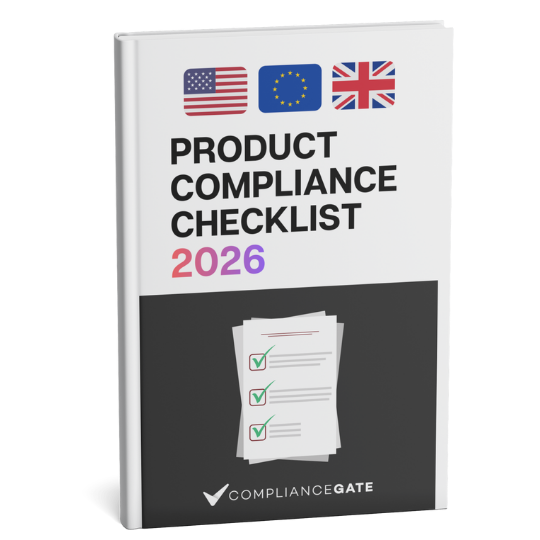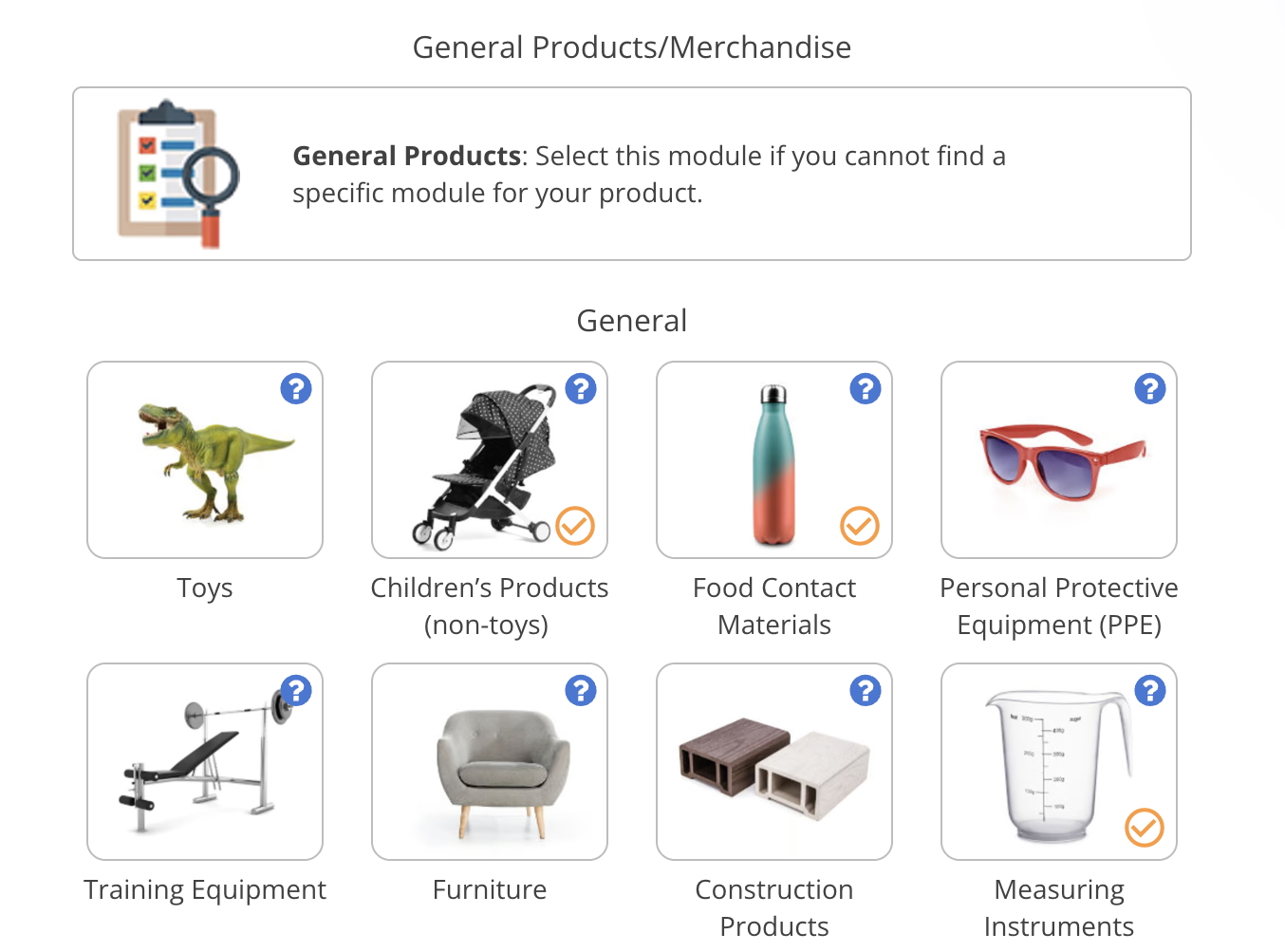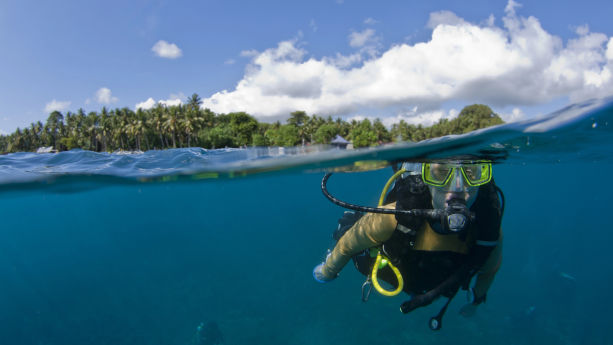
Diving equipment imported or manufactured in the United States is subject to the requirements of several regulations and standards. In this guide, we explain how regulations such as 46 CFR Part 197, 46 CFR Part 1910, and the CPSIA are relevant to various types of diving equipment for professional and recreational use.
Content Overview

FREE CONSULTATION CALL (30 MIN)
 Ask questions about compliance requirements
Ask questions about compliance requirements Countries/markets:
Countries/markets:
 Learn how we can help your business
Learn how we can help your business
You will speak with:Ivan Malloci or John Vinod Khiatani
46 CFR Part 197 – Marine Occupational Safety and Health Standards
Subpart B of 46 CFR Part 197 sets requirements regarding commercial diving operations that occur from vessels and facilities falling under the US Coast Guard’s jurisdiction. This includes:
- Rules for equipment design, construction, and use
- Inspection
- Operation
- Safety and health standards
In this section, we focus only on the requirements for diving equipment. Here are several examples of covered diving equipment:
- Air compressor system
- Gages and timekeeping devices
- Diver’s safety harness
- Open diving bells
- Compressed gas cylinders
Also, 46 CFR Part 197.346 lists equipment that divers should have with them, for example:
- Self-contained underwater breathing equipment
- A face mask
- An inflatable floatation device
- A quick-release weight belt
- Swim fins or shoes
- A diving wristwatch
- A depth gage
Standards and Codes
Subpart B of 46 CFR Part 197 incorporates relevant standards and codes by reference. Here, we explain how two such standards and codes apply to diving equipment.
ASME PVHO-1 – Safety Standard for Pressure Vessels for Human Occupancy
This standard defines a PVHO as a pressure vessel that keeps a person within its pressure boundary when said vessel is under a differential pressure exceeding 2 psi.
It applies to various types of diving-related PVHOs, such as submersibles and diving bells.
It sets requirements for the following aspects:
- Design
- Fabrication
- Inspection
- Testing
- Cleaning
- Certification of piping systems
ASME Boiler and Pressure Vessel Code (BPVC)
The Boiler and Pressure Vessel Code standards provide technical data for manufacturers and operators of boilers and pressure vessels. The ASME updates this code every two years.
Periodic tests and inspections
Diving equipment should undergo periodic tests and inspections. Here are some examples of diving equipment and when they should undergo testing or inspections:
- Breathing supply hoses – every 24 months
- Gages and timekeeping devices – every 6 months
29 CFR Part 1910 Subpart T – Commercial Diving Operations
Subpart T of 29 CFR Part 1910 – Occupational Safety and Health Standards – applies to certain equipment used in commercial diving operations. In this section, we only focus on examples of requirements for equipment as listed in 29 CFR Part 1910.430.
| Equipment type | Requirements |
| Masks and helmets |
|
| Weights and harnesses |
|
| Decompression chambers |
|
| Air compressor system |
|
| Breathing gas supply hoses |
|
| Compressed gas cylinders |
|
46 CFR Part 160 – Lifesaving Equipment
46 CFR Part 160 covers lifesaving equipment and Subpart 160.171 applies to immersion suits, which are relevant to diving equipment. In this section, we focus on the requirements regarding immersion suits. Note that other subparts relevant to diving equipment may exist.
Standards
We list here several examples of standards that are incorporated by reference in 46 CFR Subpart 160.171:
a. Federal Test Method Standard No. 191a dated July 20, 1978, Method 5304.1, Abrasion Resistance of Cloth, Oscillatory Cylinder (Wyzenbeek) Method
b. Federal Standard No. 751a, Stitches, Seams, and Stitchings
Approval procedure
The Coast Guard uses the procedures in Subpart 159.005 to approve immersion suits. Adult-size immersion suits should undergo approval testing using the method outlined in Subpart 160.171-17. Child-size immersion suits should undergo approval testing using the method in Subpart 160.171-19.
Child size and oversize adult sized suits can be only approved after the adult size version of the suit has been approved.
Marking
Immersion suits should be marked with the following information:
- The words “IMMERSION SUIT—COMPLIES WITH SOLAS 74/83”
- Manufacturer’s name
- Date of manufacturer
- Model and size
- Coast Guard approval number
The storage case should bear the phrase “immersion suit” as well as its size.
Child-size immersion suits are required to bear both the following two statements:
a. “(Small Adult Under 50 kg. (110 lb.))”
b. “Children Require Adult Assistance for Donning and Use.”
If there is a supplementary and removable means of buoyancy is included, the suit’s marking should point out that the Coast Guard did not approve it, unless the buoyancy aid is attached.
Consumer Product Safety Improvement Act (CPSIA)
The CPSIA regulates children’s products manufactured and sold in the United States. As such, it also applies to diving equipment for children, such as:
- Snorkel masks
- Fins
- Thermal wetsuits
Here are some of the key requirements set by the CPSIA:
- Substance restrictions
- Small parts warning requirements
- Children’s Product Certificate (documentation requirement)
- Tracking label requirement
Substance restrictions
Children’s products are subject to restrictions on substances such as lead and phthalates. Here are several examples of children’s diving equipment that may contain restricted substances:
- Children’s diving mask
- Diving flippers
- Diving snorkel set
Small parts
Some children’s diving products may contain small parts, and as such, are subject to the CPSIA’s small parts ban and requirements.
The CPSIA bans products meant for children under 3 years of age if said products contain small parts because of the risks of choking, ingestion, or aspiration.
Children’s products containing small parts for children 3 to 6-year-olds should generally bear the following caution statement:
WARNING: CHOKING HAZARD — Small parts
Not for children under 3 yrs.
Children’s Product Certificate
The Children’s Product Certificate (CPC) is a manufacturer-issued certificate. It should indicate that the product meant for children complies with the CPSIA requirements and relevant children’s product safety rules.
Tracking label
The CPSIA requires children’s products and their packaging to carry a tracking label, which should contain and indicate:
- The importer or manufacturer’s name
- Date and location of production
- Product identification (e.g. batch or run number)
- Any other relevant information
Diving Equipment Standards
We found several UL, ANSI, and ISO standards relevant for diving equipment, and provided some examples in this section. Note that additional standards may exist.
| Standard | Description |
| UL 1197 – Standard for Immersion Suits | This standard sets requirements for immersion suits meant for US Coast Guard approval.
Covered immersion suits are meant to reduce cold shock and slow the onset of hypothermia. According to the standard’s scope, the US Coast Guard requires immersion suits to “provide thermal protection”. |
| ANSI/CAN/UL 15027-2 – Standard for Safety for Immersion suits – Part 2: Abandonment Suits, Requirements Including Safety | This standard sets safety and performance requirements for emergency abandonment suits and suit systems, including dry and wet abandonment suits.
For instance, said suits and suit systems should protect the wearer (especially the head, hands, and feet) against cold shock and hypothermia. Those suits should also enable the wearer to float face-up in a stable manner. |
| ANSI/CAN/UL 15027-3 – Standard for Safety for Immersion Suits – Part 3: Test Methods | This standard contains methods of testing:
|
| ISO 18527-3 – Eye and face protection for sports use – Part 3: Requirements and test methods for eyewear intended to be used for surface swimming | This standard sets requirements and methods for testing eyewear used for surface swimming, such as recreational and specialist competitive swimming.
The standard covers eyewear that have:
It is also applicable to eyewear used for shallow diving. |
CSPC Recalls
We could not find any CPSC standards that specifically cover diving equipment. You should, however, ensure that your diving equipment is safe to use because the CPSC can order you to recall your product if it is found to be unsafe. Here are some examples of recalled diving equipment taken from the CPSC website.
| Product type | Date of recall | Reason for recall |
| Diving inflation valves | April 2022 | Risk of hypothermia |
| Dive computers | June 2023 | Water intake causing depth sensor malfunction resulting in injury hazard |
| Buoyancy compensating devices | June 2023 | Weight pocket handle can break, posing a drowning hazard |
| Tankless diving system | December 2022 | Fracture of compressor head while in use poses drowning hazard |
| Underwater communication device | July 2022 | Water intake into the battery pack can short and ignite the circuit board and pose a fire hazard. |
Diving equipment testing companies
Here we list several companies that claim to test diving equipment against US standards or requirements:
- Intertek
- NextGen Material Testing
- QAI Laboratories
- Imanna Laboratory Inc.
Additional Requirements
Diving equipment may be subject to additional requirements such as the following regulations because it may, for instance, contain restricted substances.
| Regulation | Description |
| California Proposition 65 | California Proposition 65 restricts the use of substances that may be found in diving equipment. Here are several examples:
|
| Country of origin | Diving equipment, like other products, is subject to the Country of Origin marking rule. For instance, if a dive mask is made in Thailand, then it should carry a label marking that says “Made in Thailand”. |
Recommended articles







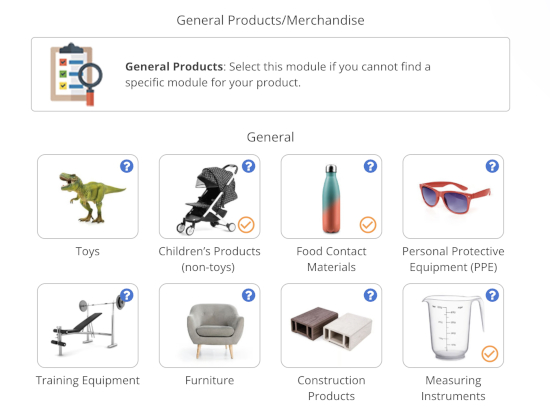






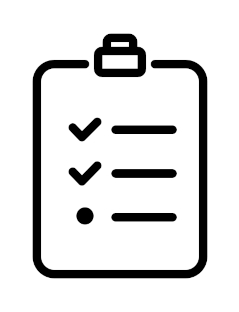


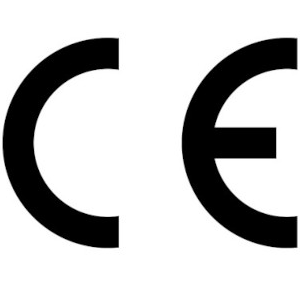




.png)
.png)
.png)
